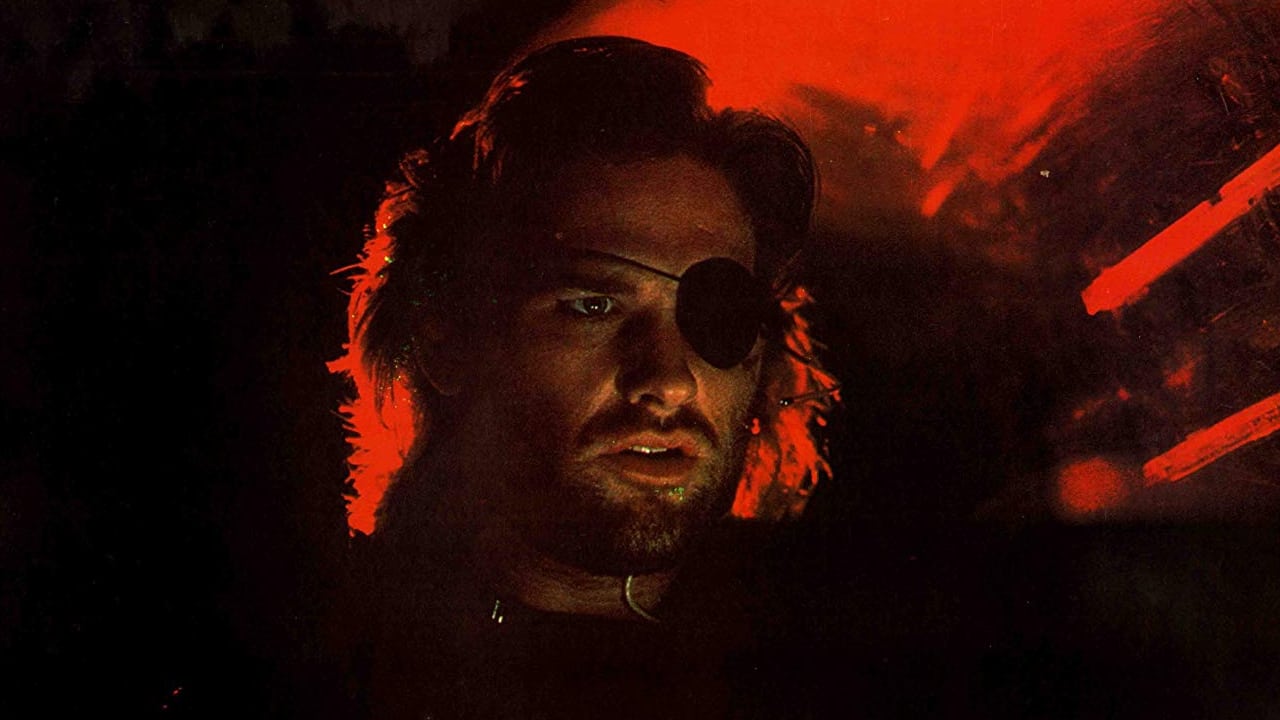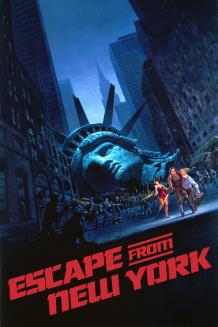RETROMANIA & SYNTHSCAPES
Escape From New York
APRIL 26TH AT 9PM
**Event Pricing for this show - NEW Member price available!**
In 1997, a major war between the United States and the Soviet Union is concluding, and the entire island of Manhattan has been converted into a giant maximum security prison. When Air Force One is hijacked and crashes into the island, the president (Donald Pleasence) is taken hostage by a group of inmates. Snake Plissken (Kurt Russell), a former Special Forces soldier turned criminal, is recruited to retrieve the president in exchange for his own freedom.

Escape From New York Reviews:
"It has got an intriguing premise, an effective cast, and it has been expertly mounted." - Arthur Knight | Rotten Tomatoes
"The film plays its social satire broad but strings it along a rail of self-awareness." - Phil Hoad | Rotten Tomatoes
To read more reviews CLICK HERE



